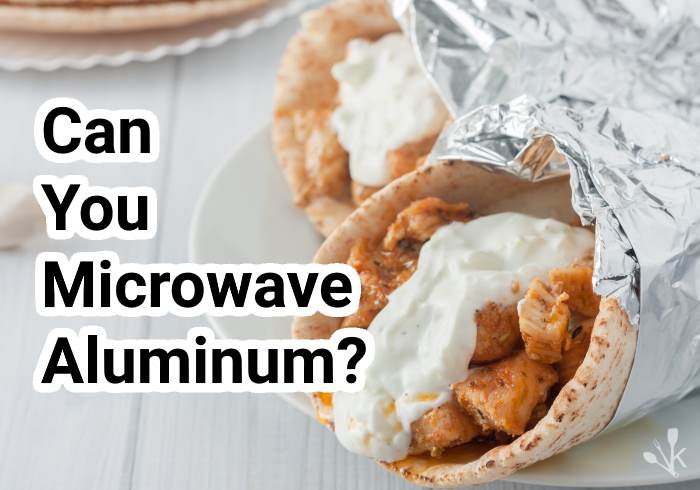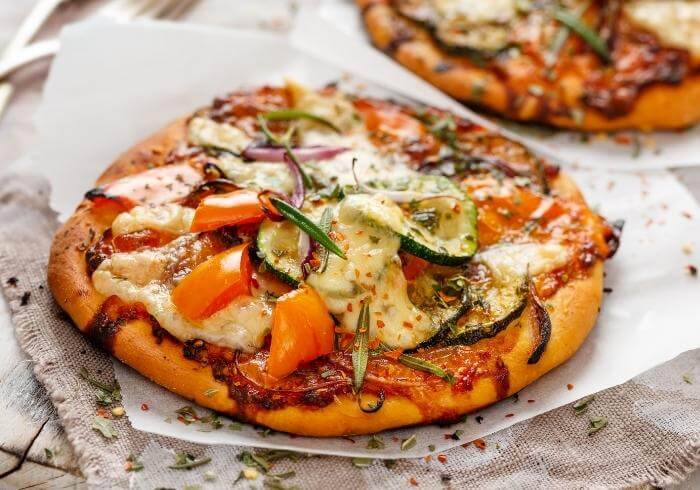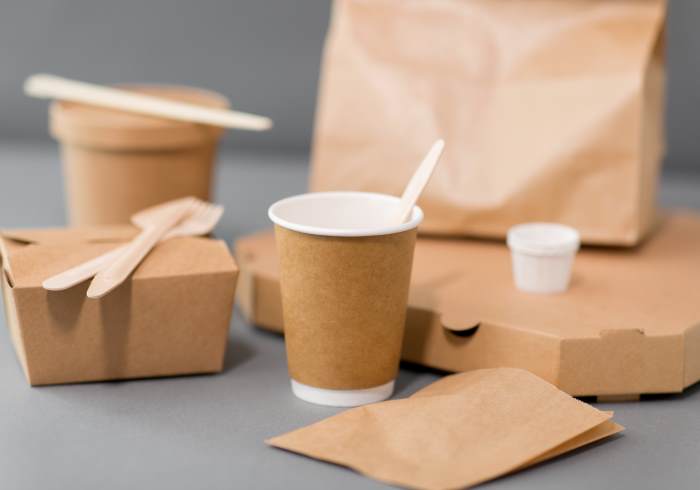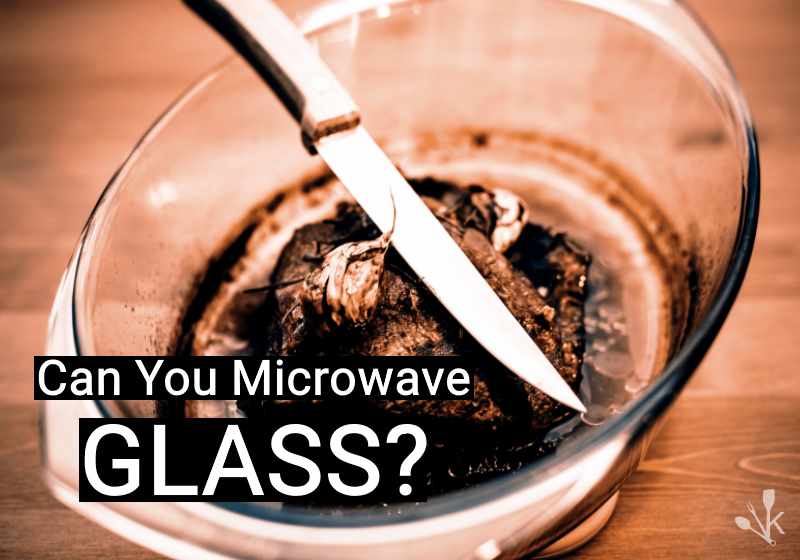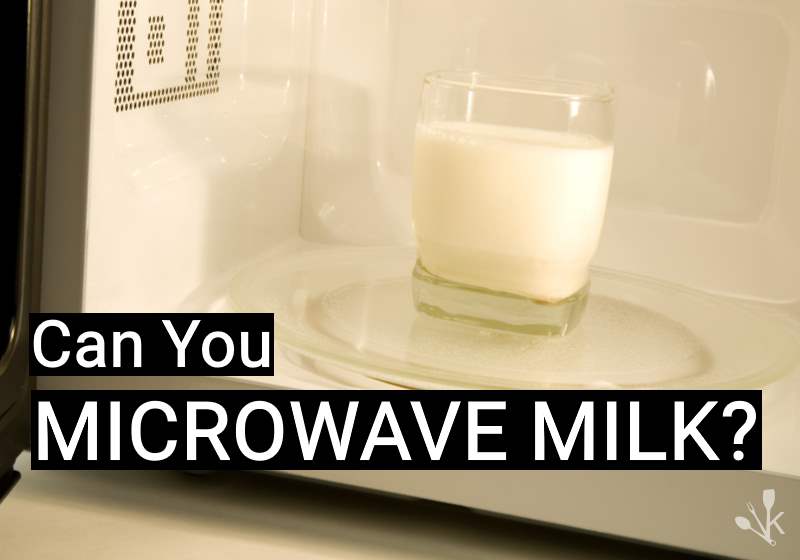Microwaving aluminum foil may not be a mission impossible, but it’s definitely a risky business.
We recommend you put only non-metal items into your microwave. Use microwave-safe dishes to warm your food in and paper towels or plastic wrap to cover food when it’s in the microwave.
If you need to microwave aluminum foil wrap or an aluminum container, read your microwave’s user manual first to see if it has any additional tips or warnings.
If you’ve ever been told not to put aluminum foil in your microwave, this article is for you. You’ve probably heard stories and seen viral videos of melting foil trays and exploding foil balls. You may be convinced that microwaving aluminum is the best way to foil your cooking plans.
Today, we’re going to talk about safe ways to put aluminum containers and foil wrappings in your microwave oven. We’ll find out what really happens when you microwave aluminum and see if we can harness this tin power or if it’s just not worth the hassle.
Why You Might Want To Microwave Aluminum Foil
If you look around, aluminum seems to be everywhere. It’s the most plentiful element in the Earth’s crust, making up 8% of its total mass.
It’s also found abundantly around pizza crusts, making up a giant percentage of the containers many frozen pizzas come in. You can find it in pie plates, cake pans, turkey clamps, popcorn bags, and soup carton lids.
Aluminum foil is light, strong, and easy to shape. This makes it a perfect little all-purpose tool that you can adapt to almost anything you can imagine.
In the food product business, manufacturers use aluminum foil in containers to store food, in lids to keep food warm, in baking dishes to control heat flow, and in many other places.
Aluminum in a microwaveable baking dish can help reflect heat into the crust to make it crispier. You can find it in:
- Roasting pans
- Pie plates
- Bread loaf tins
- Chicken pot pie pans
- Lasagna tins
- Cake pans
Microwaveable containers with peel-off lids often leave a ring of aluminum around the edge. These include containers for:
- Soups
- Stews
- Casseroles
- Instant noodles
You might also want to use aluminum foil to shield parts of a food item from the microwave heat, allowing the main area to warm up without burning the edges. This may include:
- Shielding the wings and legs when microwaving a whole chicken or turkey
- Covering just the crust of a pie to keep it from burning while you reheat it
- Protecting the tips of a leg of ham
Other times you may want to microwave aluminum include:
- The aluminum susceptors in popcorn bags that make sure the kernels pop evenly and thoroughly
- When microwave defrosting a turkey, the clamp holding your turkey’s legs together may be aluminum and hard to remove if your bird is frozen
If you buy food that is aluminum-adjacent, with foil somewhere in its packaging, you may wonder if you can microwave it in its original container. Wouldn’t that be much easier than waiting till the oven heats up or scooping out the food and transferring it to a microwave-safe dish?
Is It Safe To Microwave Aluminum Foil?
Microwaving aluminum foil can be safe if you do right. It can also quickly turn into a nightmare if you’re not careful.
You’ve probably heard your whole life that microwaving aluminum foil is dangerous and can cause a kitchen fire. We were just as surprised as you to find out that, according to the USDA, you actually can use aluminum in the microwave.
This is no conspiracy, though, so take off your tinfoil hat. But don’t put it in the microwave quite yet. Your parents warned you not to microwave aluminum because of how easy it is to get it wrong.
The same microwaves that warm your food also bounce off metals. That includes the metal walls of the microwave as well as any metal that you put in the microwave, including aluminum foil. A bit of bouncing is harmless, but too much bouncing can cause sparks.
Related | What Happens When You Put Metal In A Microwave
Never completely cover food with foil or other metal when you microwave it. Without food or water to absorb them, the microwaves will just zigzag dangerously around the box. Eventually, they’ll bounce back into your microwave’s magnetron.
When a magnetron takes in the same amount of microwaves as it produces, it can quickly heat up and fall apart. Microwaving completely foil-shielded food, like operating a completely empty microwave, is a great way to ruin your machine.
Because aluminum foil blocks microwaves, you can safely use it to cover areas of food that you want to protect from burning. Always make sure the open food surface area is larger than the foil surface area, and never cover more than a quarter of your food with foil.
It doesn’t matter which side of the foil you leave on the outside, either the shiny or the dull side is fine. Don’t cut your foil strips too thin, or they can turn into antennas that centralize the microwaves. Always use pieces of foil wider and longer than about a square inch.
Use smooth foil with as few wrinkles as possible. Wrinkles in the foil also concentrate the microwaves and can cause sparks. Try to mold the foil seamlessly around the food with no corners or edges sticking out.
You can microwave food products that come in foil containers. Always follow any instructions on the package.
Make sure to take off the lid before putting a foil container in the microwave. With a foil lid on, the microwaves won’t be able to get into the container. With the lid off, the microwaves will only penetrate from the top. Don’t use dishes deeper than about 2 inches, or the top layer may dry out before the bottom layer gets hot.
Place aluminum containers or foil-wrapped food parts as close to the middle of the microwave as you can, at least an inch away from the metal microwave walls. If your microwave’s turntable is made of metal, always put a non-metal plate under the aluminum container or foil wrap, so that metal never touches metal.
If you do see sparks, it means something is wrong. Turn off the microwave, remove the aluminum, and use a microwave-safe dish instead.
What Happens if You Put Foil in the Microwave?
At first glance, your microwave oven can seem like alien technology. They’re actually pretty easy to understand.
Microwaves are electromagnetic radio waves. They have a specific frequency length, usually around 2.5 gigahertz, that lets fats, sugars and water absorb them easily. This frequency also bounces off metals but passes straight through most ceramics, plastics, and glass.
That’s why you can heat up food in microwaveable containers but not closed metal containers.
Related | Can You Microwave Ziploc Bags?
Thick pieces of metal, like your microwave’s walls, reflect these waves efficiently like a mirror reflects light. Thin pieces of metal, however, can get saturated by the electric currents in these waves, heat up, and begin to spark.
Metals with sharp wrinkles, bends or edges are an even bigger problem. Bends and wrinkles concentrate the electromagnetic fields in one place, which quickly leads to overheating and sparking. The sharper the wrinkle, the quicker the reaction.
Sharp edges, like the corners of a strip of foil or the points of a fork, focus these fields most efficiently of all. They can gather so much electricity that the resulting field becomes strong enough to strip electrons off any nearby air molecules. This is called ionization, and the dangerous sparks you will start to see are called electrical arcing.
If just one of those sparks hits something flammable, you can end up with a mini-Chernobyl in your microwave.
A bit of foil probably won’t make your microwave explode, but it only takes one spark to start a fire. If you use foil in your microwave, it’s important to keep a close eye on it.
A small fire can destroy a bag of popcorn. A small fire that goes ignored can turn into a large fire and destroy your microwave, kitchen, or your entire home.
Final Thoughts
If you don’t know what you’re doing, microwaving aluminum foil can be a great way to go out in a blaze of glory. If you use it carefully and sparingly, though, it can become another important tool in your kitchen toolbox.
Only use smooth foil in your microwave, and avoid sharp wrinkles and edges. Only cover small portions of your food with foil, and make sure the foil surface area isn’t large than the food surface area.
Foil containers can be fine, but never use a foil container with a foil lid. Keep all aluminum items away from the walls of your microwave, and never let metal touch metal.

